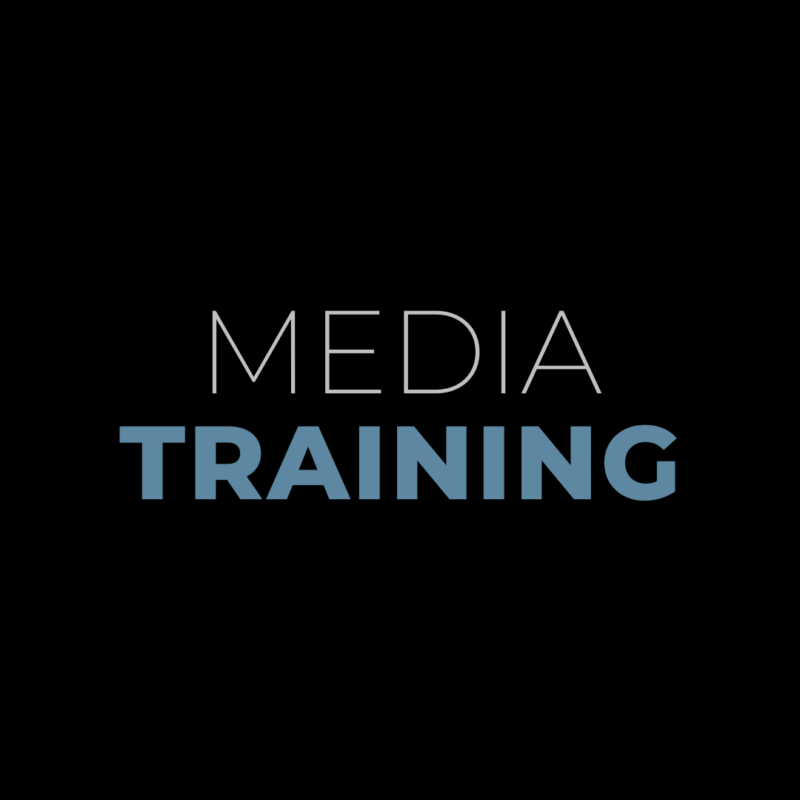Frightening PR: The unexpected interview
The second installment in our “Frightening PR” series focuses on something that strikes fear in the hearts of PR professionals across the globe: lack of control. Specifically, not being able to see or hear the message your client shares with the media until it runs in print or on air. *Cue the soundtrack to Halloween.
As someone who loves to craft a message and despises anxiety, I’m here to provide a few tips that will calm your nerves when you get the unexpected “I talked to a journalist about it” email.
Proactively reach out to the journalist and ask if you can provide additional support.
If your client remembers who they spoke to (let’s hope they do), reach out to the journalist and offer your support on the story. They may have gathered all of the information that they need, but you may be able to provide photos, video, statistical evidence or additional quotes to help build the story. As the journalist asks questions, you may be able to discern the story they are trying to tell, which may ease your mind or cause panic. If you’re concerned that there is something that needs to be clarified, outline all of the facts in clear, concise bullet points. Because you offered to help and provided additional information, you may even build rapport with a journalist which can be helpful for future stories. Turn a negative into a positive!
Vigilantly wait for the story and offer corrections or additional information.
If you don’t hear back from the journalist or your client can’t remember who they spoke to, use media monitoring resources to look for the story. Once it runs, read it thoroughly to see if there is anything that needs to be corrected or added to tell the full story. If something is inaccurate, don’t hesitate to reach out to the publication to make a correction. It’s important to their journalistic integrity that they get the story right. You’ll need to act quickly, journalists are on tight deadlines and once it’s run in print or on air it can be hard for a correction to stick in the minds of the public.
Expect – and prepare for – the unexpected.
Our role requires that we prepare for the unexpected, including media interviews. Ideally, you should never be in a situation where you feel your client shouldn’t have given an interview. Conduct regular media training sessions with your clients to build their confidence and help them give the best interviews possible. Write thorough talking points and fact sheets so your clients know the high points of every story. And, reach out to journalists far enough in advance that they couldn’t possibly come to you first.
Ever had a client give an unexpected interview? How did it turn out? Share your stories and how you handled them in the comments below!


